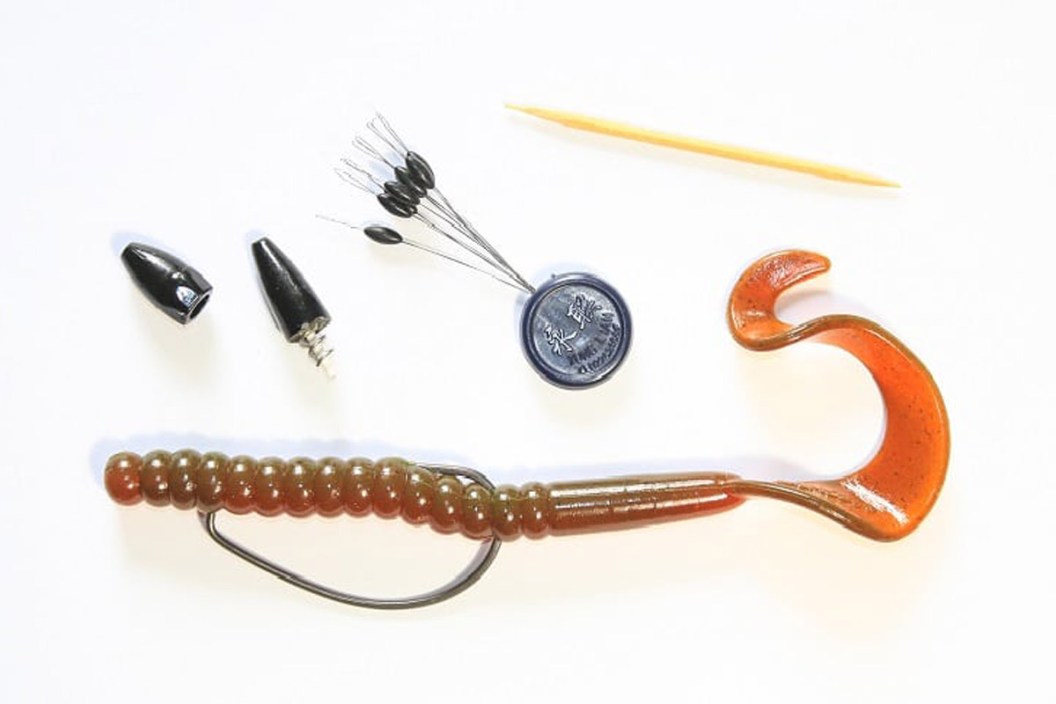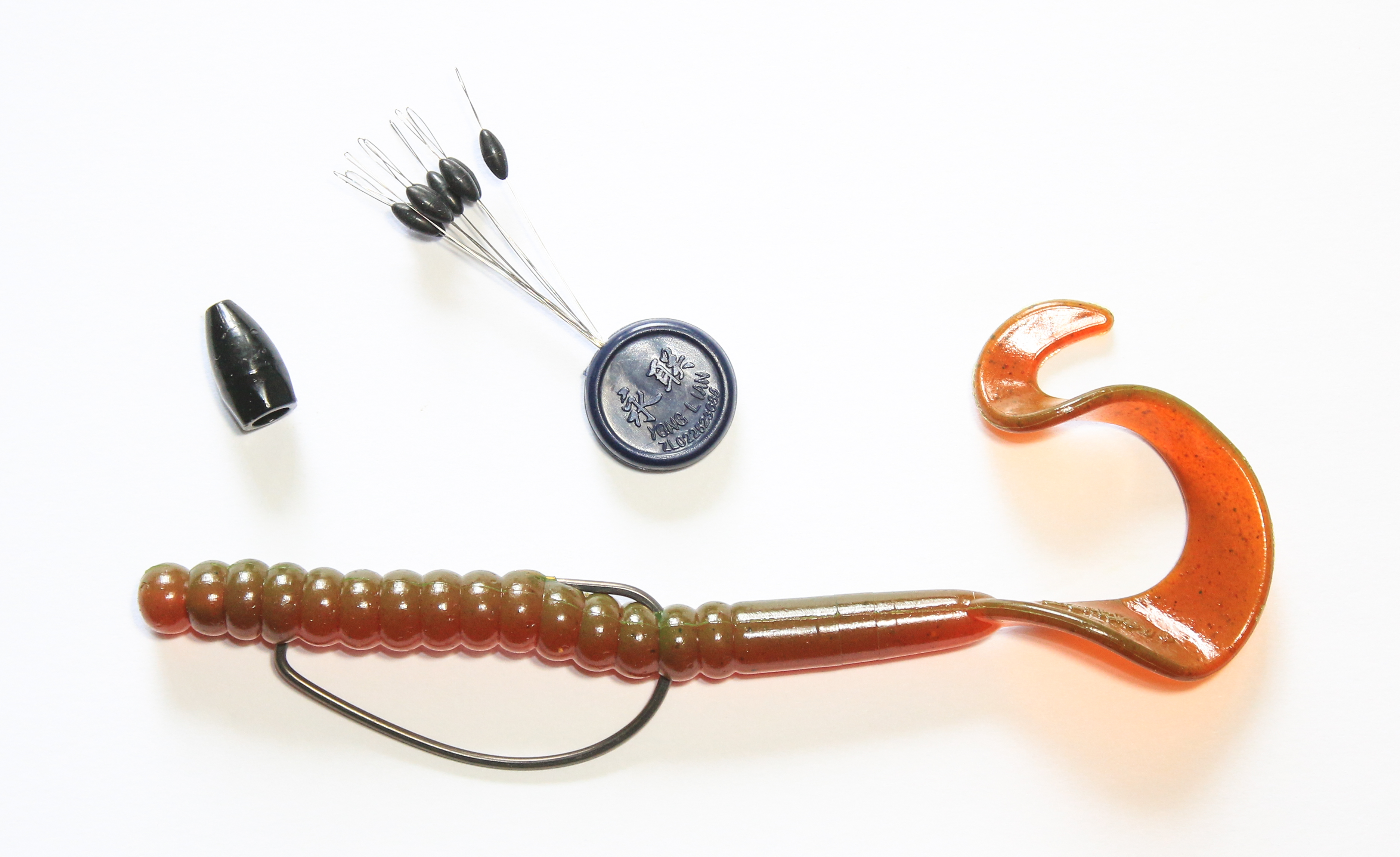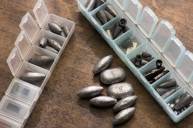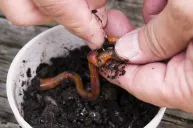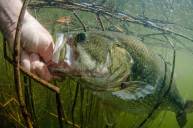Learn how to rig a worm weight in order to catch more bass with these fishing tips.
Slinging soft plastic baits is a tried-and-true tactic for bass anglers eager to hook more fish. Whether you're using a worm, a craw or a creature bait, rigging the bullet weight correctly to match the style of fishing or conditions at hand can go a long way in terms of lure effectiveness and overall catch rates.
A bullet weight, or what is commonly referred to as a worm weight, allows your soft plastic baits to easily penetrate through vegetation while sinking through the water column. Made from lead or tungsten, a worm weight slides onto your fishing line prior to tying on a worm hook.
Selecting the right weight for your worm can make all the difference in whether or not you find success while fishing. Factors such as depth, cover, the species of target fish, and the type of worm you decide to use make all the difference.
The beauty of bullet weights in particular, though, is the versatility they bring to the table. One of the most commonly used weighted worm setups out there is the Texas rig, as it's not only easy to tie up, but it can also be effective in a wide variety of different applications.
The bullet weight is the most common way to make a weedless Texas rig that you can finesse through any thick structure in shallow water, or freely through deep, clear water. You can also use just about any worm, whether you you lean toward a ribbon tail, a Senko, a trick worm, or a different soft plastic.
Drop shot rigs are the most notable approach that doesn't use a bullet weight, which is otherwise your best friend when fishing a worm. Here are four ways to rig a bullet weight when bass fishing.
Pegged With a Toothpick
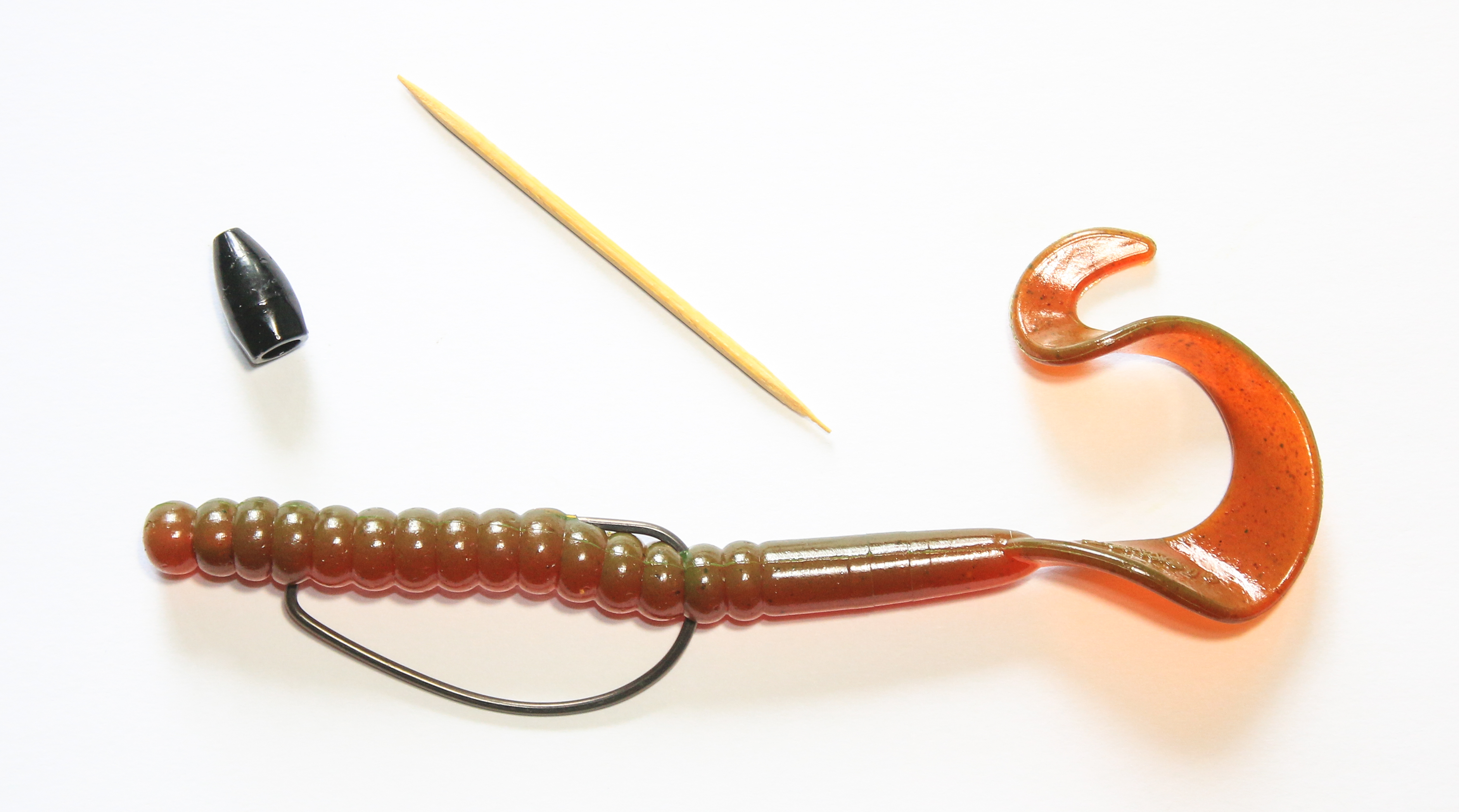
Bullet weights will slide freely up and down your fishing line unless pegged in place. An unpegged weight, or slip sinker, does have a time and place. A Carolina rig employs this, for example, but generally, you'll want your weight to stay tight to the head of your plastic bait.
A simple toothpick is a useful and inexpensive method for rigging a worm weight. Simply push a toothpick into the head of the bullet weight and snap off the excess. It's really that simple.
This method will hold your weight securely in place. If the weight does comes loose, whether from casting or fighting a fish, simply replace the initial toothpick with a new one.
Advantages: Inexpensive, does a good job.
Disadvantages: Can damage line, toothpick may not always provide tight fit.
Pegged With a Sinker Stop
The sinker stop is a slick little ball of rubber you slide onto your line (run your line through the wire loop and slide the stop on) before threading your bullet weight. The sinker stop holds firmly on your line, but you can adjust it by forcing it up or down.
I use this method of rigging worm weights 90 percent of the time. It's perfect for Texas-rigging soft plastic baits to pitch or flip, and you never need to replace them unless a fish breaks you off.
The sinker stop works well in shallow or deep water, and in heavy cover or or open water.
There are various sizes of sinker stops depending on how thick (pound test) your line is.
Advantages: Inexpensive, holds well.
Disadvantages: May need various sizes depending on line strength you use, hard to thread on if eyesight is poor.
Screw-In Worm Weight
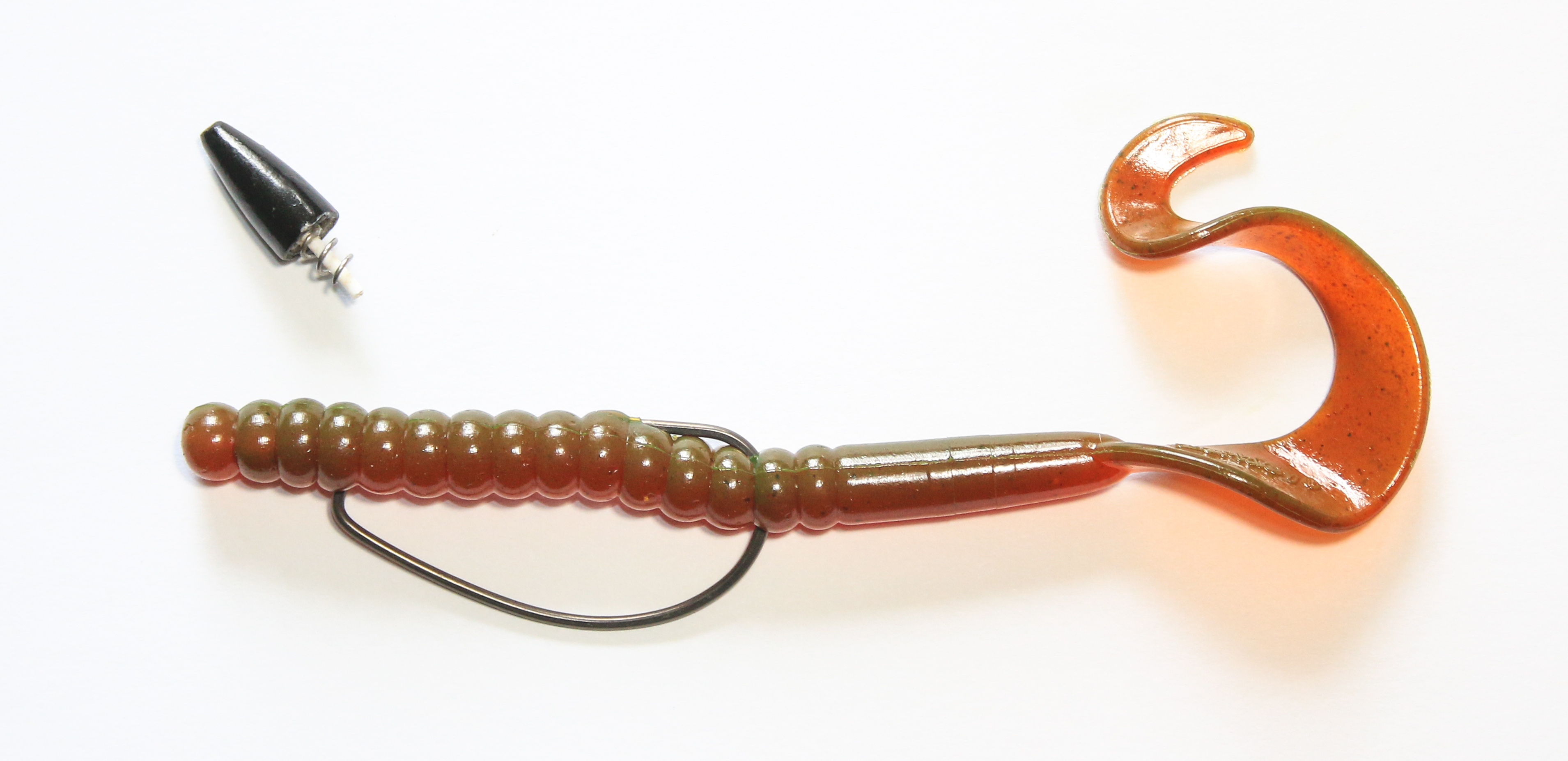
The screw-in worm weight has a built-in plastic tubing extending from the base, with a metal coil wrapped around it. The premise is simple: screw the bullet weight into the head of the plastic bait you're tossing to keep it firmly in place.
This style of worm weight is easy to use and doesn't require any additional rigging steps such as the two methods previously discussed.
One drawback is how easily it can lose its effectiveness after a few fish have been caught, as the head of the plastic never provides as firm of a hold as it did when initially screwed in. When using this rigging method, I'll go through a lot more plastic worms compared to any other pegging system.
Advantages: Ease of use.
Disadvantages: Expensive, can lose its ability to hold plastics after a few fish.
Unpegged/Slip Sinker

Rigging a plastic worm or lizard with an unpegged bullet weight can be a productive tactic when fishing open water, especially deep water, that is free of heavy cover. Commonly used in a Carolina rig, a worm rig not pegged will give more action to your plastic lure as it sinks through the water column. It will also tempt finicky fish that might otherwise shy away from a bait with some weight to it.
An unpegged worm weight also allows you to maintain constant contact with the bottom, ensuring your presentation stays in the strike zone. This is an excellent technique when targeting offshore bass relating to humps and points.
Advantages: Inexpensive, ease of use.
Disadvantages: Specialized tactic, not for 'everyday' use.
Worm Weight Nitty Gritty
Whatever method you choose for rigging your worm weight, ensure that you can cover all the bases before heading out on the water. I carry a variety of sizes of worm weights in the boat, including 3/8-ounce weight, 1/2-ounce weight, and for punching through slop mats, a heavier weight, such as a 1-ounce.
Unpainted worm weights are the most inexpensive on the market, followed by black. If you want colored worm weights, be prepared to pay an additional cost.
Depending on the style of worm weight, those with built-in rattles are an option. They'll cost you more to purchase, but can make a difference when fishing heavy cover.
The last part of the worm weight rigging equation is the worm hook. Go with a high-quality brand name worm hook which will keep big bass from throwing your lure.
Give these worm weight rigging methods a try the next time you go bass fishing. All have their merits, but like me, I'm sure you'll quickly discover your favorites.
Did you enjoy this post? CLICK HERE to view more articles by Justin Hoffman. You can also check out his Photography Site Justin Hoffman Outdoors, as well as follow him on Facebook Justin Hoffman Outdoors, Instagram hoffmanoutdoors, Twitter @HoffmanOutdoors, or subscribe to his YouTube channel Justin Hoffman.
NEXT: 4 WAYS TO RIG A SOFT-PLASTIC STICKBAIT FOR BASS
